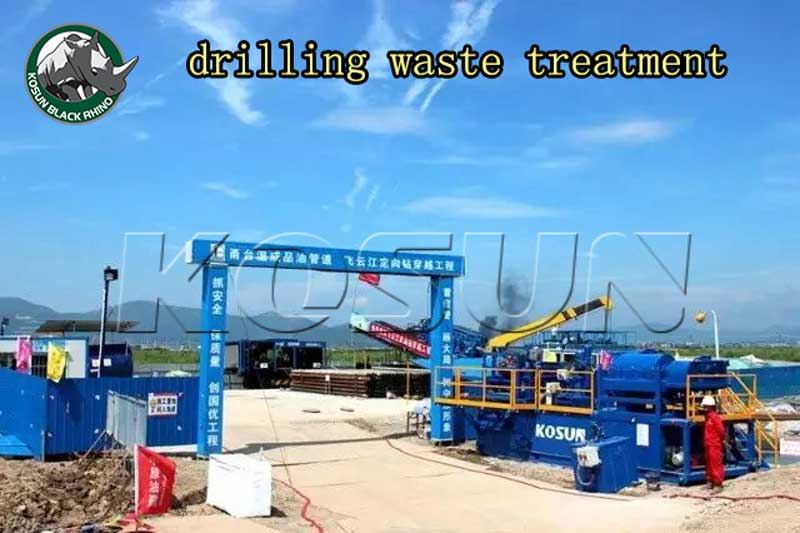Drilling Waste Treatment
Drilling waste treatment more and more get recognized and popoular in industry.
Over the past few decades, the oil and gas industry has taken various measures to minimize the waste generated by drilling in order to better protect the environment and public safety.
Drilling operators use environmentally friendly tertiary waste treatment methods to deal with drilling waste:
in the first stage, the operator adjusts the drilling process or displaces the appropriate drilling fluid to minimize the waste generated during the drilling process. This is both for the operator to reduce the cost of dirt treatment, but also more conducive to environmental protection.
The second stage, will have been reduced to a low limit of drilling waste as much as possible recycling.
The third level, through a legitimate way to deal with can not be recycled drilling waste.

Offshore drilling waste treatment is limited to emissions, re-injection or return to shore.
In contrast, land operators have a large range of options in dealing with drilling fluids. Usually onshore drilling waste in situ; on the offshore platform, most of the water-based mud and cuttings and synthetic slurry are poured into the sea; some land drilling waste is transported to commercial waste disposal outside the well site And offshore oil-based mud and cuttings must be returned to shore or re-injected into the ground at the well site.
At present, drilling companies are studying new drilling fluids for different stratigraphic conditions. The new drilling fluid not only has the proper drilling characteristics, but also contains less harmful additives that inhibit vegetation growth.
The use of new, more environmentally friendly additives in place of important components in drilling fluids, such as the use of ilmenite powder instead of barite powder as a mud aggravating agent, can reduce the impact on the environment.
Current drilling fluid heat treatment costs are high, and not suitable for offshore use. The future may improve the drilling fluid heat recovery drilling waste treatment technology, reduce processing costs, improve the organic lye recovery rate. The new approach will improve safety and effectiveness and make it suitable for offshore drilling platforms.

